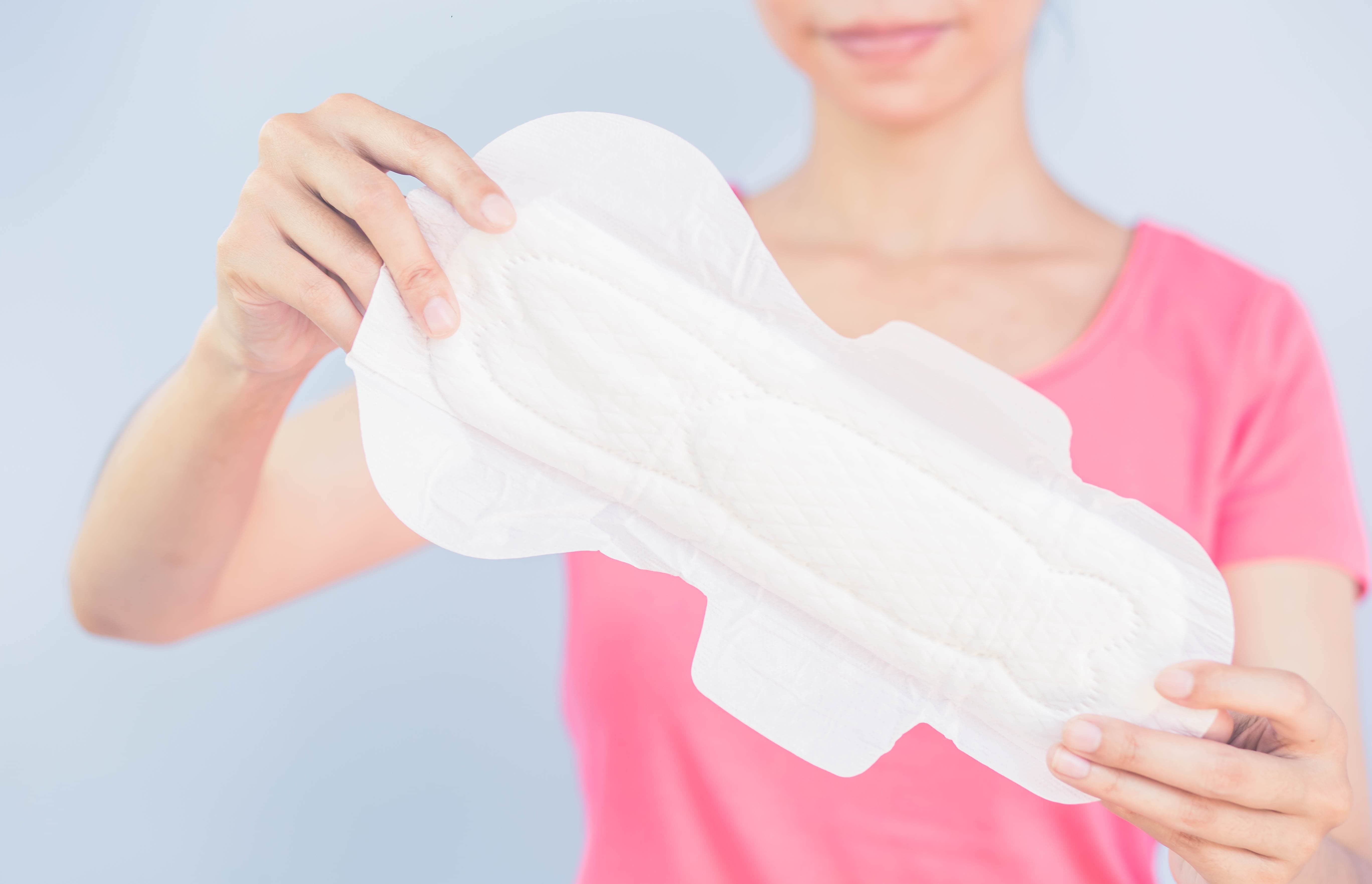The ‘one size fits all’ logic doesn’t work when it comes to sanitary pads. What might suit your friend might be uncomfortable for you. Your friend may not experience heavy period flow, but you may. Every woman is different and so are their preferences. That is why sanitary napkins come in different sizes, shapes, and materials to cater to the diverse needs of women.
In this blog, we will talk about the different types of sanitary napkins available in the market, and the things you must consider before making your pick.
Pads that keep you menthol fresh
Soaring temperatures and excess sweat add to the troubles periods bring. Thankfully, certain pads are designed to address exactly this problem. One such pad is the Cool Freshness sanitary pad by SOFY. Cool freshness sanitary pads come with unique Coolpad technology and menthol fresh for a cool and fresh feeling during periods. While menthol fresh keeps you cool, the absorbing material used in the pads absorb flow till the last layer which keeps the top sheet visibly cleaner, hence, preventing leakage.
Pads that keep germs at bay
Bacterial infections are a major concern for a lot of women. Some women fear that uncomfortable sanitary pads will prevent airflow and cause more infections. SOFY offers a range of AntiBacteria sanitary pads that prevent bacteria. This napkin has an antibacterial sheet that provides 99.9% protection for long-lasting hygiene.
Pads that have the superpower to control leakage
Some women experience heavy flow on most days of their period. They need a pad that can absorb heavy flow while also keeping them dry and fresh throughout the day. The SOFY Bodyfit pad is designed to do just that. The pads are especially helpful for those who are active or have a heavier flow, thanks to its Deep Absorbent Sheet that locks leakage from escaping the pad. And guess what, Bodyfit pads will fit right into your budget and won’t burn a hole in your pockets.
As with any menstrual product, it is important to choose a sanitary napkin that is comfortable and provides adequate protection. It is also important to follow good hygiene practices, such as changing pads regularly and washing your hands before and after handling menstrual products, to help reduce the risk of infection.












